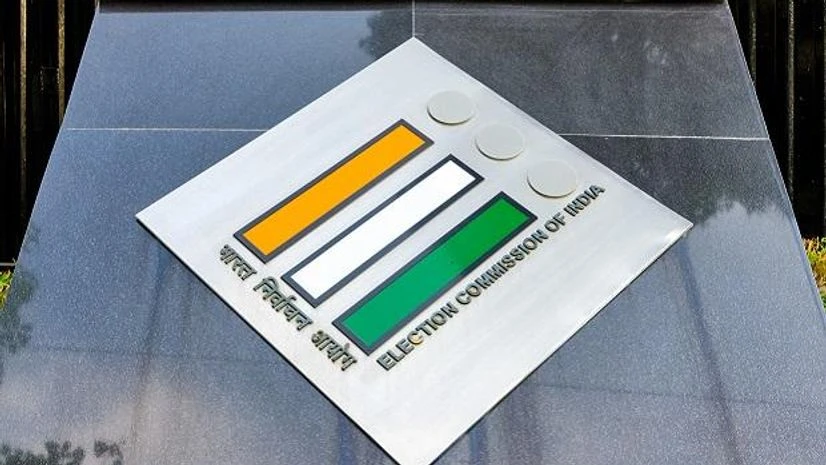During the 2019 Lok Sabha elections, the then President Ram Nath Kovind had called off polling in Tamil Nadu’s Vellore seat on the recommendation of Election Commission (EC), which had seized Rs 11.5 crore in unaccounted cash meant to lure voters.
The decision to scrap polling on a Lok Sabha seat, although rare, seemingly failed to serve the purpose.
Two months later, in the run-up to the election in Vellore, EC officials again seized Rs 3.5 crore in cash. But this time, EC went ahead with the polling.
Use of money and other goodies to woo electorates has been an elephant in the room for the EC.
Announcing the schedule for the Lok Sabha polls on Saturday, Chief Election Commissioner Rajiv Kumar shared data of the “exponential increase in seizures in the last 11 Assembly elections”.
Nearly Rs 3,400 crore in cash and other items were seized in the elections in 2022-23, an increase of 835 per cent over 2017-18, the data showed.
More From This Section
Estimates of election-related expenditure of political parties and candidates, and EC’s seizures, reveal barely the tip of the total election spends of candidates and political parties.
According to a study by the Centre for Media Studies (CMS), a think tank, over Rs 1.5 trillion was spent across various elections held in India from 2009 to 2014.
It termed it a “conservative estimate”, and said more than half of this was unaccounted, or black, money.
According to its report, ‘Poll Expenditure, the 2019 Elections’, the CMS estimated that Rs 55,000-60,000 crore were spent on the 2019 Lok Sabha elections. It said it couldn’t account for all the expenditure of political parties and candidates.
“On an average, nearly Rs 100 crore per Lok Sabha constituency has been spent. Overall, it is estimated about Rs 700 per vote was spent in the 2019 elections,” it noted.
Of the total figure, only Rs 10-12,000 crore, or 15-20 per cent, were spent by the EC or through formal channels, the CMS report said.
The CMS estimated a total election expenditure of Rs 9,000 crore for the 1998 LS polls.
The total estimated election expense increased to Rs 10,000 crore in 1999, Rs 14,000 crore in 2004, Rs 20,000 crore in 2009 and Rs 30,000 crore in 2014, the CMS estimated.
It stated that of these expenditures, the EC’s spent in conducting the polls was less than 15 per cent.
The ‘high-level committee’ on simultaneous polls, in its report submitted earlier this month, relied on an analysis by economists Prachi Mishra and NK Singh that an estimated Rs 4 to 7 trillion, were spent on elections in the preceding five years. The committee said it based its data on “publicly reported estimates of conducting elections”.
In 2009, the Association for Democratic Reforms (ADR) analysed accounts of expenditure submitted by all 6,753 candidates who contested the LS polls that year.
Of these, only four candidates admitted to spending more than the EC mandated limit for expenditure.
Another 30 admitted to having spent 90 to 95 per cent of the limit. The remaining 6,719 candidates said they spent at best 45 to 50 per cent of the limit, says ADR founder Jagdeep Chhokar.
“So, an astounding 99.99 per cent (recurring) of the candidates said they spent barely 50 per cent of the expense limit,” he said.
Chhokar says if India is moving towards a cashless economy, why can’t political parties receive funds and make payments digitally.
“Where is the need for cash transactions and why should political parties be receiving funds below a certain threshold, such as Rs 20,000 or Rs 2,000, in cash?” he asked.
SPEND ON POLLS
Rs 60,000 cr: 2019 LS polls (Centre for Media Studies, or CMS)
Rs 1.5 trn: Polls between 2009 and 2014 (CMS)
Rs 4-7 trillion: Elections between 2019 and 2023 (One Nation, One Election panel)
EC’s expenditure on conducting LS polls:
Rs 10.45 cr: 1951-52
Rs 3,870 cr: 2014

)
